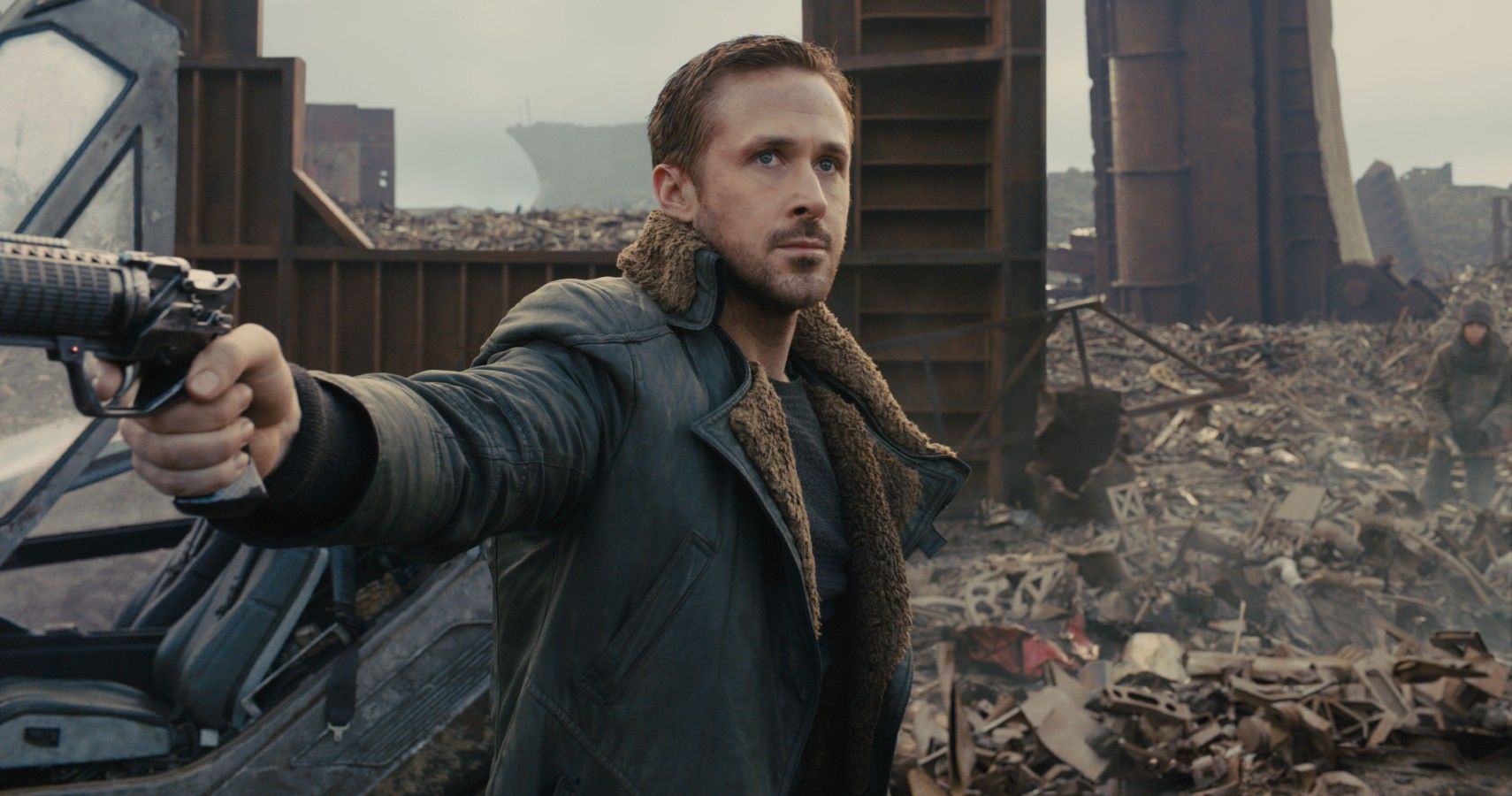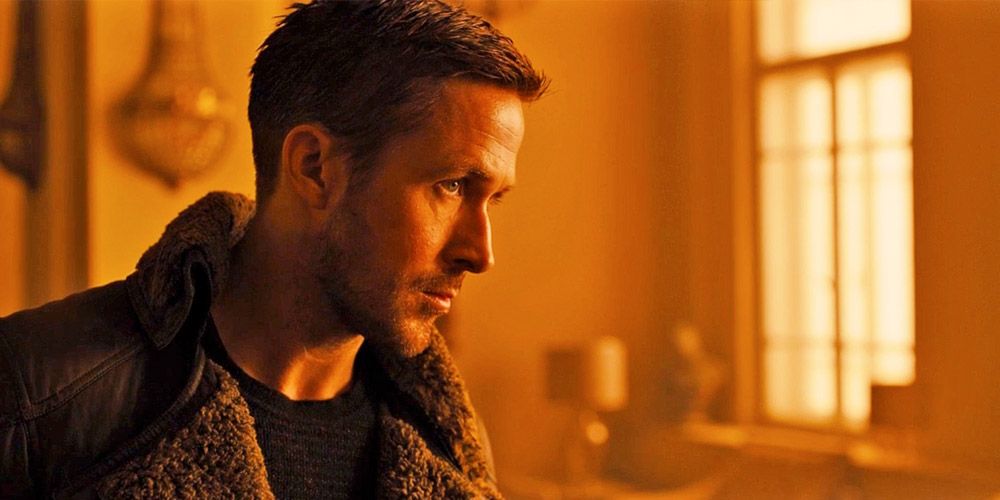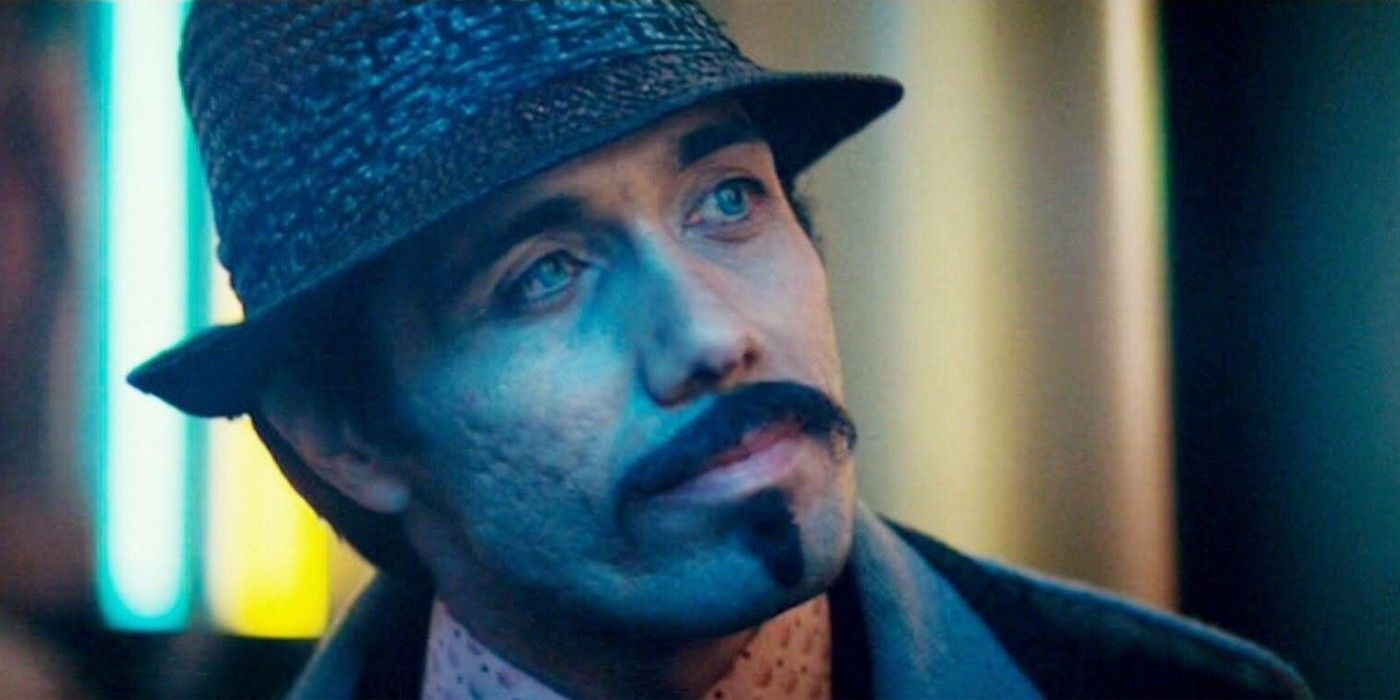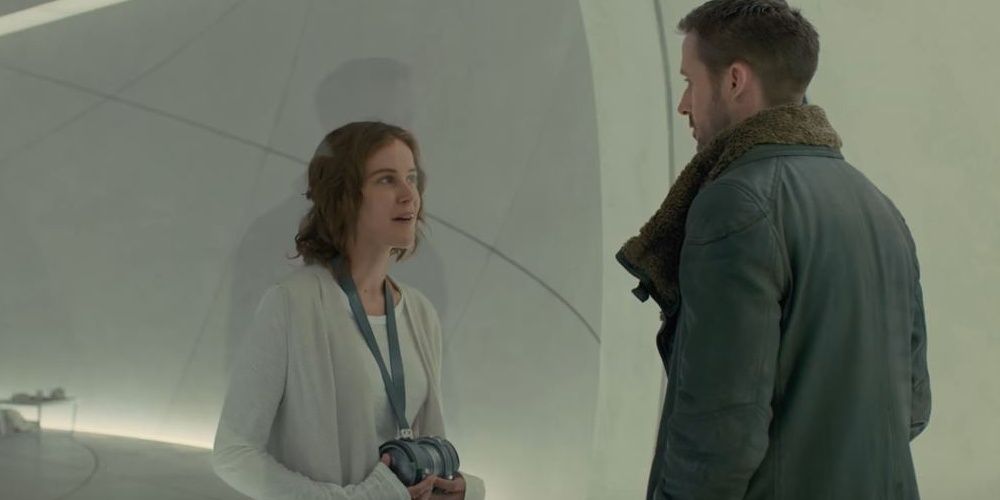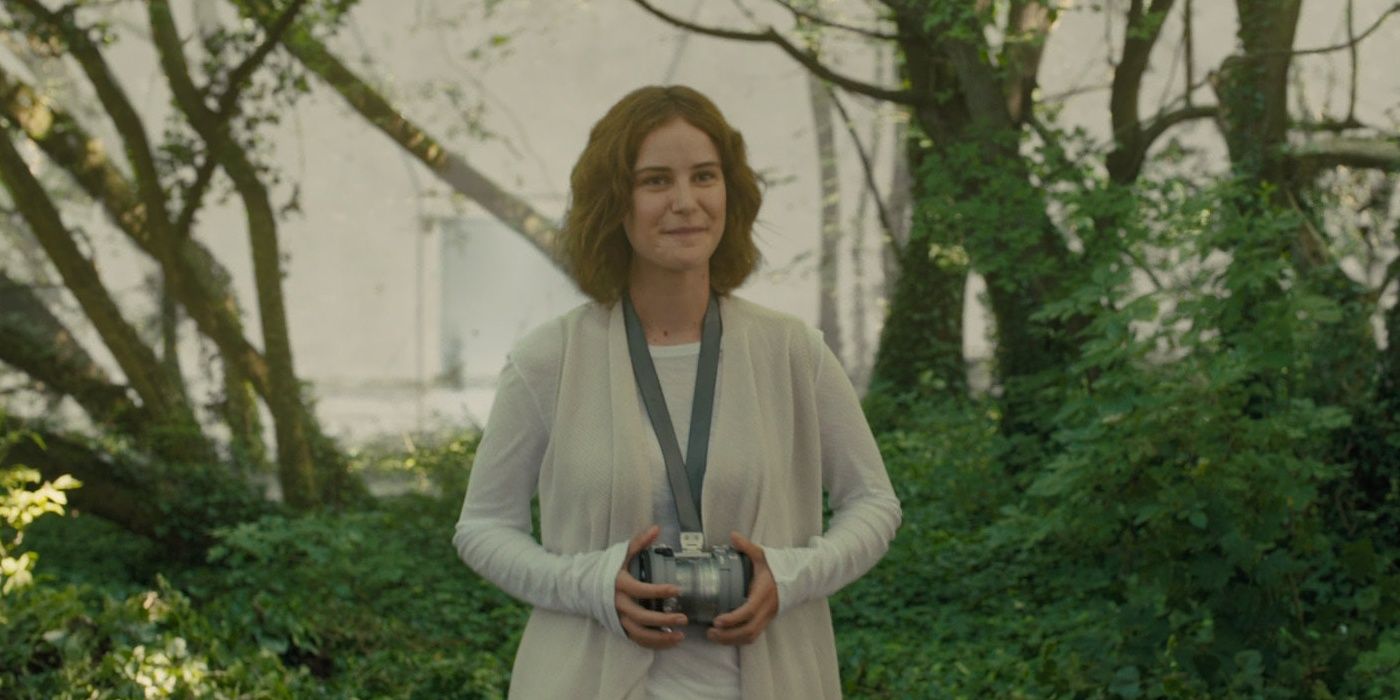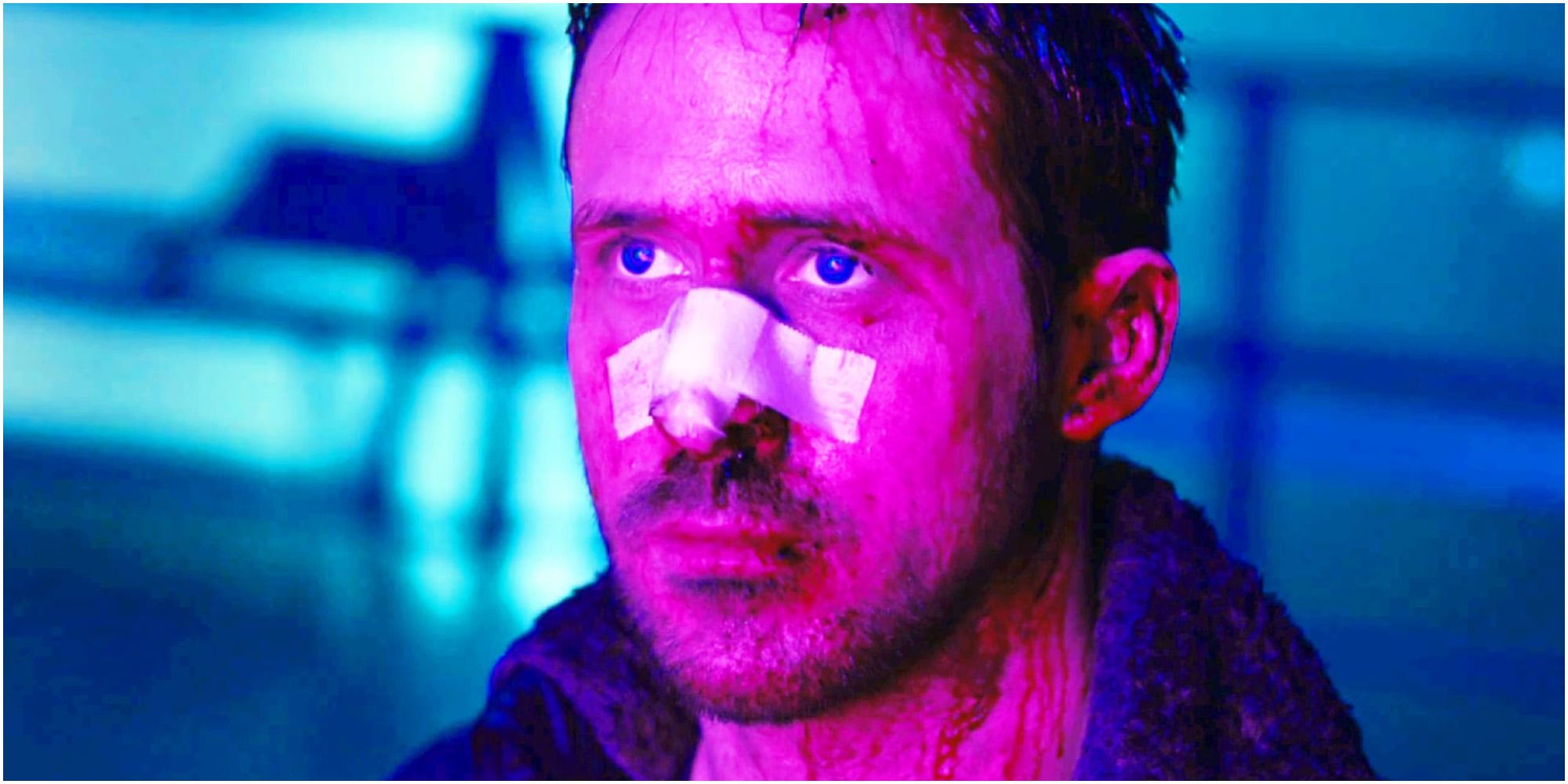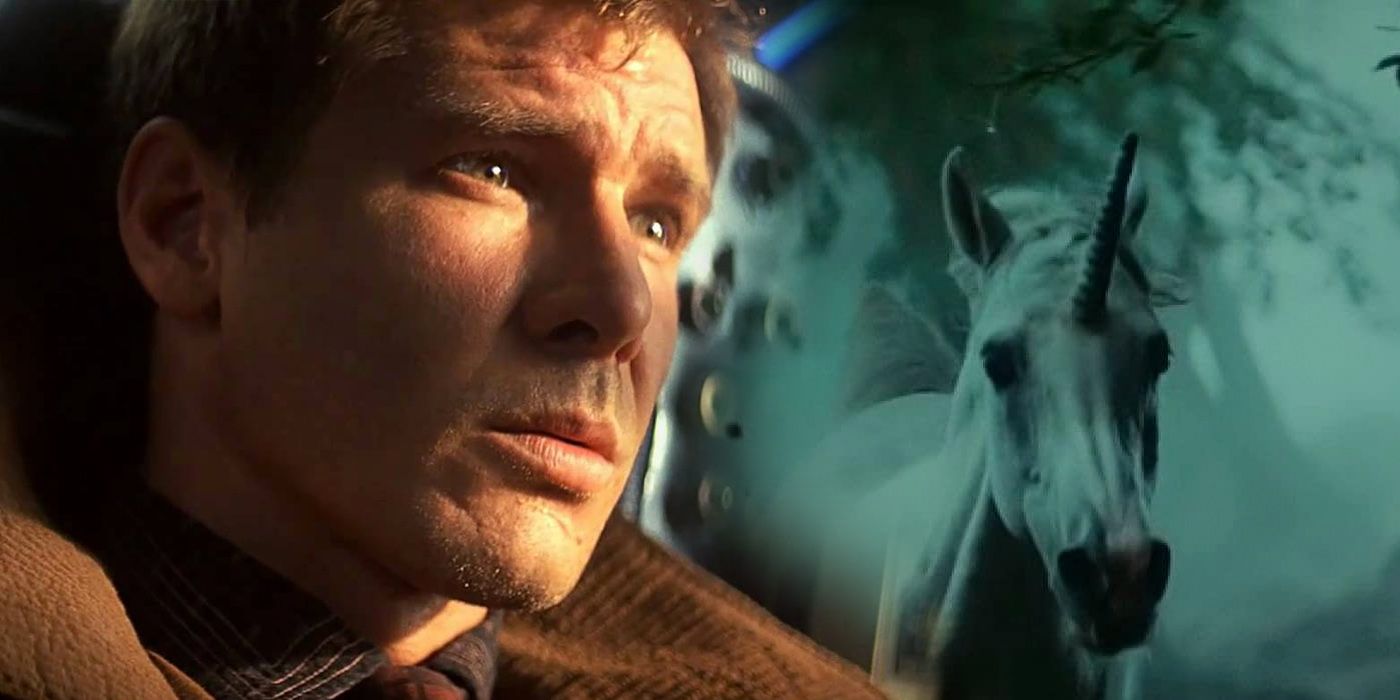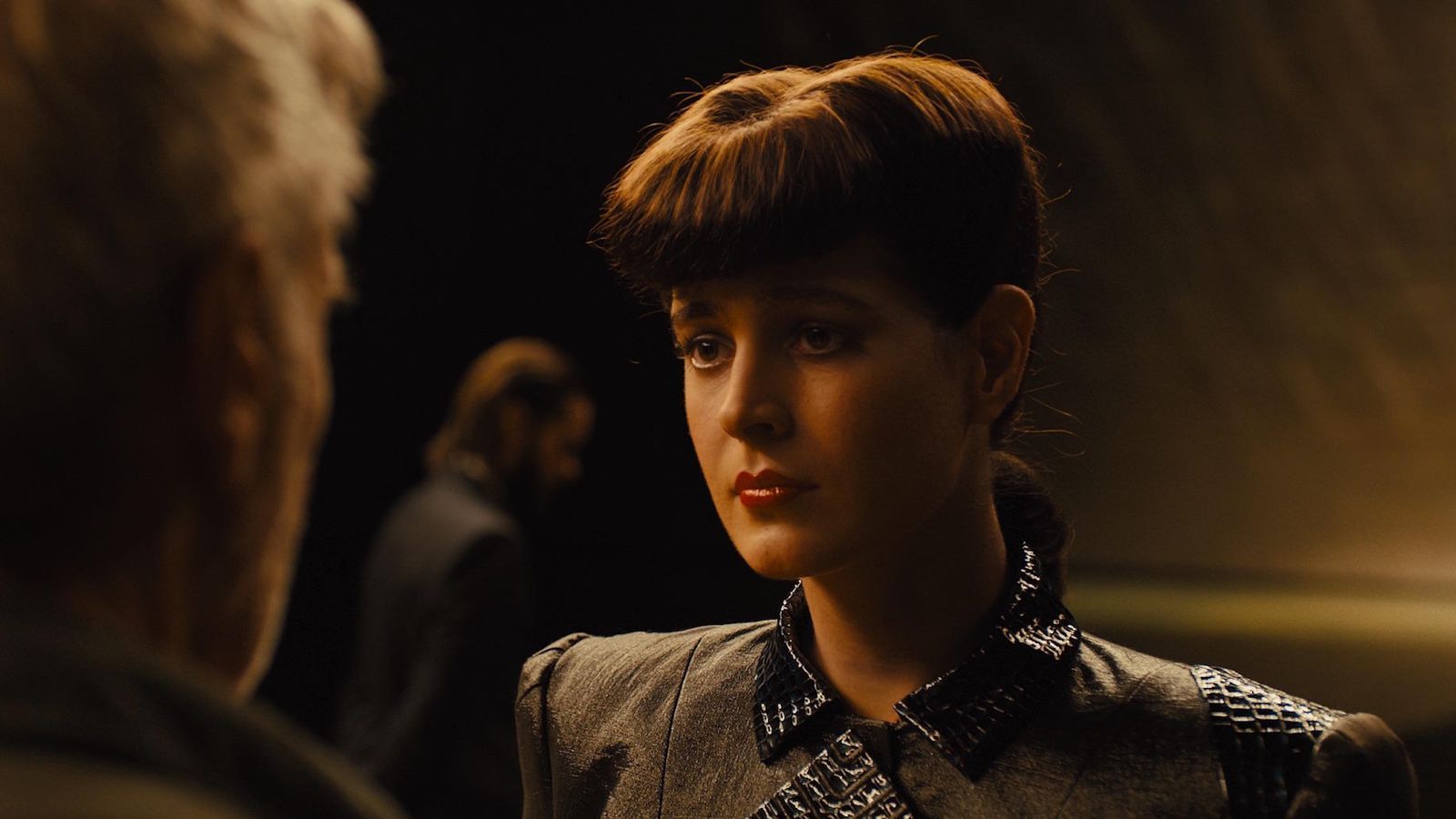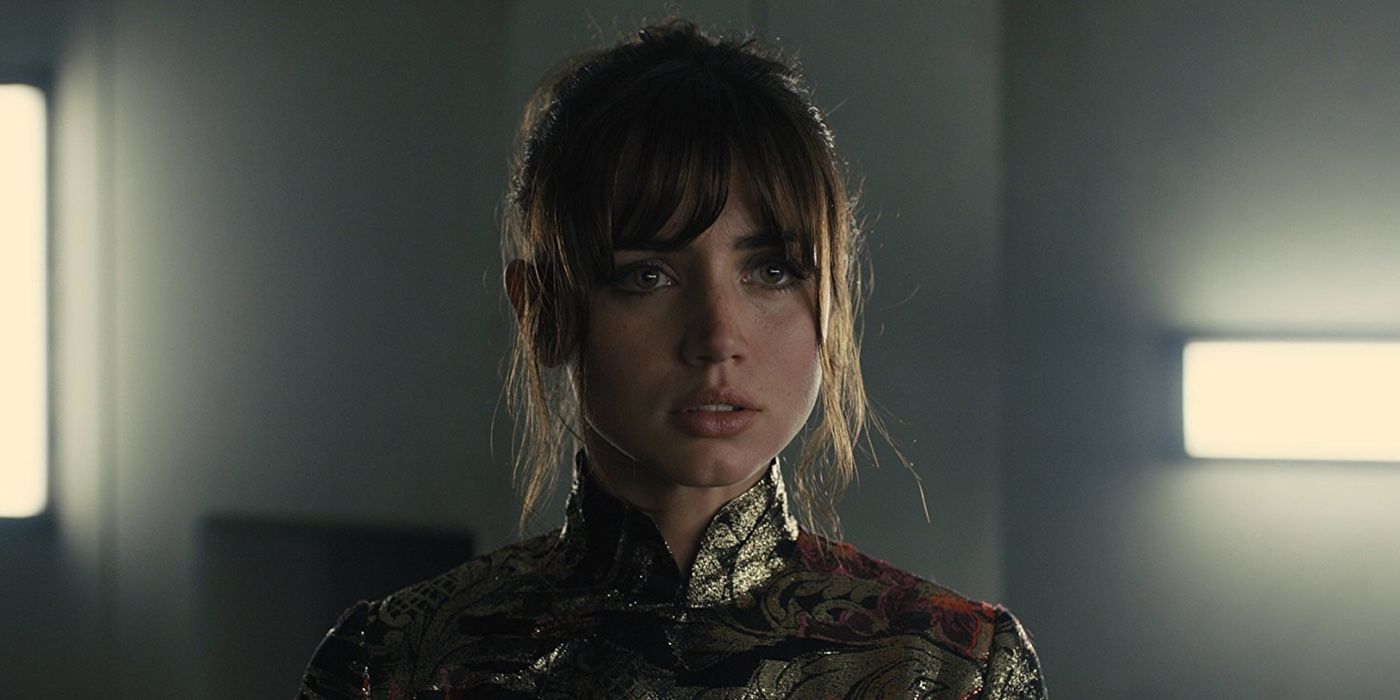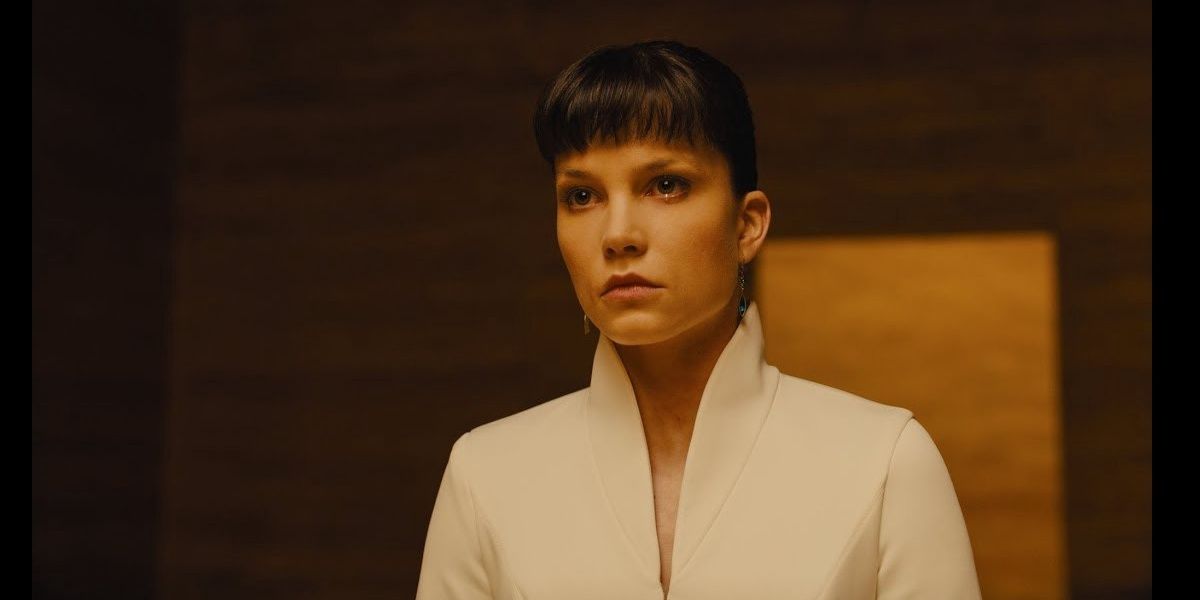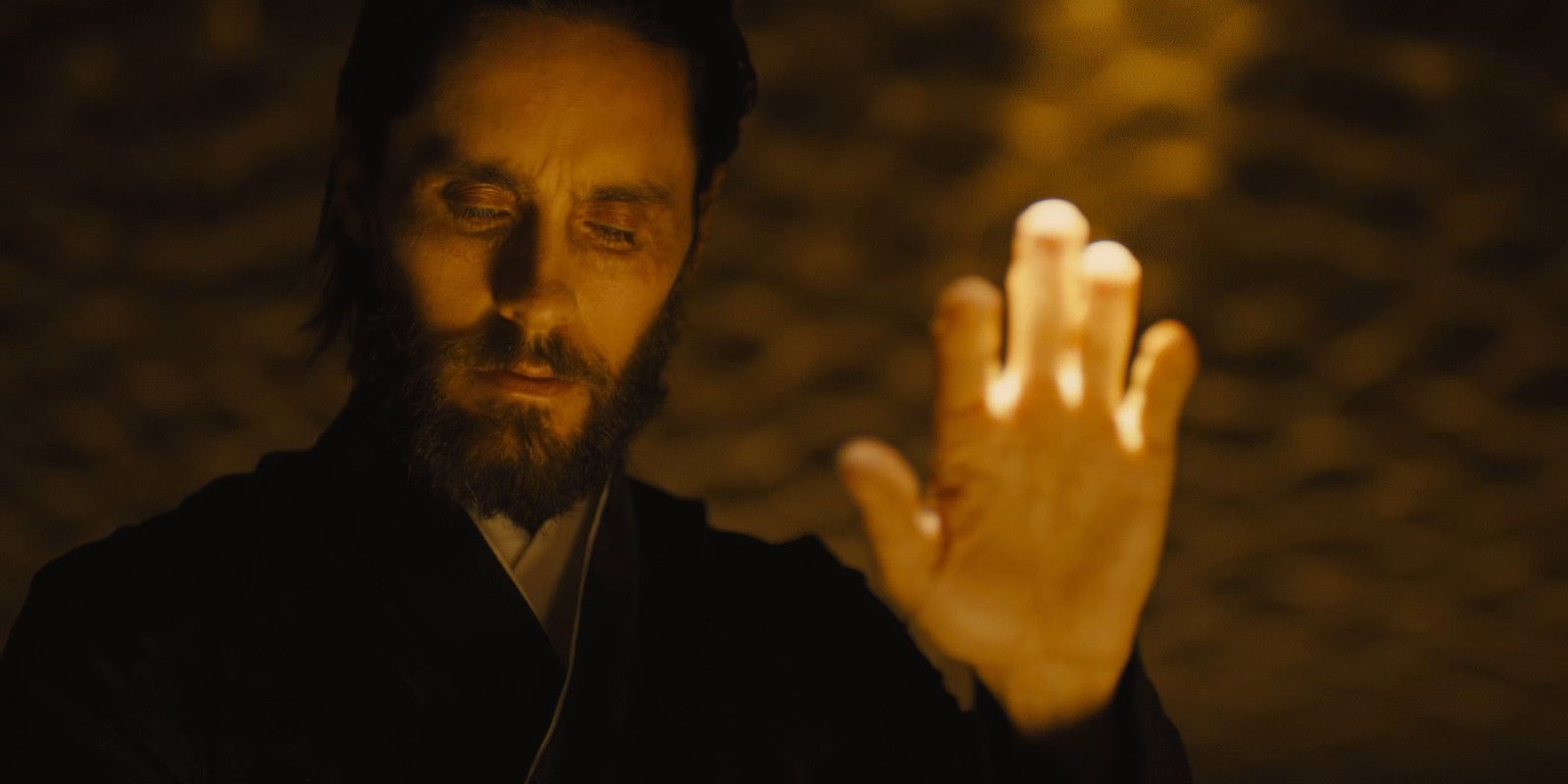Blade Runner and it's sequel Blade Runner 2049 seem to look like visually rich and action-filled cyberpunk sagas, but they are much more than that. Both movies have profound philosophies behind them, asking questions around humanity, technology, and what really makes someone human in the near future. There are a whole lot of cues expressed symbolically all through the films. The first film and its multiple DVD cuts left the audiences with multiple interpretations around its themes and characters. After a wait of 35 years, when Blade Runner 2049 released, some of these plausible fan theories were resolved, but some still left the audiences discussing and looking for clues.
Here, we discuss such Blade Runner fan theories that got resolved and that were still left unresolved.
Resolved: Real Nature of K
When it was announced that Ryan Gosling would play a character called K in Denis Villeneuve's take on Blade Runner, there was much speculation around the real nature of this character. The main question was would he be a human or a replicant?
The fan theories came to a stop when the movie clarified that K was just a carrier of Stelline's (Deckard's daughter) memories. His replicant nature is further exemplified from K's full name that is KD9-3.7. Contrary to what fans thought, K doesn't question his true nature as he knows that he's a replicant from the start of the film. He obeys orders, retires old replicants, and is satisfied with his existence. When he finally decides to go against his orders, that's to find Deckard and reunite him with his daughter rather than questioning his identity.
Unresolved: Gaff, the originator of Deckard's memories
One of the most perplexing debates around Harrison Ford's protagonist Deckard in the original film has been whether Deckard is a human or a replicant. If Deckard is indeed a replicant, then it's apparent that his fellow LAPD officer Gaff fed him his memories.
The ominous Gaff is usually found making origami figures of animals. The origami unicorn which he makes at the end of the first Blade Runner bears testimony to this theory. All through the film's events, we see Deckard reminiscing about unicorns. Gaff's origami implies that he knows what goes inside Deckard's mind, being the origin of Deckard's implants.
Resolved: Deckard and Rachel have a child and it's not K
Before Blade Runner 2049, there were doubts regarding replicant Rachael and Blade Runner Deckard's future. In the sequel, we come to understand that they eventually had a child and we are falsely made to believe that K is this child.
Later, in the third act's twist, it's revealed that it's Ana Stelline who is Deckard and Rachael's offspring. Stelline is a memory designer for Wallace Corporation and implants memories of Deckard in K's mind so as to reconnect with her father.
Unresolved: How many more replicants did Stelline target?
Fans suggest that Stelline had implanted memories of Deckard in the heads of many replicants, hoping for at least one to come back to her and bring her father. K turns out to be the chosen one.
But if K wasn't the only one, how any other replicants did Stelline experiment on? Maybe, this leaves scope for more characters in another sequel.
Unresolved: K's entire storyline was a simulation
This theory has been put forward by renowned comic book writer Mark Millar in his blog. He pointed out the ending scenes where we have a transition from K's corpse in the snow to Deckard and Stelline finally meeting each other.
Millar suggests that K's entire lifetime is simulated and implanted as a memory in Deckard's mind by Stelline herself. K's mysterious life gave Deckard clues to reunite with his daughter. So, all of this makes K nothing but a simulation. The theory sounds far-fetched but still believable considering that anything can happen in the Blade Runner universe.
Unresolved: The true nature of Deckard
We have had two multi-layered films on Deckard but still don't know what is his true species. If we go according to the aforementioned Millar's theory, then Deckard is indeed a replicant, making it possible for Stelline to implant memories and dreams in his head.
Philip K. Dick, the author of Do Androids Dream Of Electric Sheep, the novel from which Blade Runner was adapted, had been vague about Deckard's character. "The purpose of this story as I saw it was that in his job of hunting and killing these replicants, Deckard becomes progressively dehumanized.", he wrote. Director Ridley Scott confirmed that Deckard is indeed a replicant while Harrison Ford disagrees notably. There is much conflict over this not just among fans but also the cast and crew of the film. Denis Villeneuve's take on the story to leaves Deckard's nature open for interpretation.
Unresolved: Replicants can reproduce. But how?
Even if we debate about Deckard's nature, we know for sure that Rachael was a replicant. And that makes Stelline a replicant child or a replicant-human hybrid. But the question arises on how can the replicants reproduce. Wallace, the antagonist with a God-complex in Blade Runner 2049 himself is perplexed with this situation. He admits that Rachael and Deckard are the only two possible replicants who can reproduce. This also means that Rachel is not a normal model of the replicants and has a larger lifespan.
Fans still have muddled thoughts around this human ability of Rachel.
Resolved: Real Nature of Joi
K's virtual girlfriend Joi is as mysterious as K. Fans were speculating that Joi might be a complex replicant who might be aware of K's dreams or Wallace's evil plans. But soon one can figure out that Joi is just a capitalistic product, a virtual companion that can change to its owner's needs.
This explains why her programming allows her to change as K's wife or the child (the chosen one) that K was researching on. While Joi is definitely an amusing character in the series, her story arc is not that complicated to have detailed fan theories written about.
Unresolved: Luv and K defy Wallace (maybe on purpose)
It's interesting to note that Wallace's replicants seem to obey him like slaves, but Luv and K are exceptions. Most of Blade Runner 2049 tells us how K stands up against Wallace's empire. On the other hand, Wallace's aide Luv seems to be the opposite. But if you observe carefully, Luv too defies Wallace at her own will. This is evident when she kills Joshi (K's boss) and says that she'll tell Wallace that this was done in self-defence. Later, she also spares K's life, showing that she has full control over her actions.
Some fans suggest that Luv and K are actually doing all this, still under Wallace's control. It was probably a part of Wallace's master plan to find Deckard (through K) and extract all the secrets of the replicants that he can. This does sound too meticulous like other Blade Runner fan theories, but there's a possibility that this was true considering Wallace's tactful planning.
Unresolved: Wallace will create his own breed of reproducing replicants
We do find out that Wallace is intent on creating replicants that can reproduce just like Rachael. But how would this be profitable for his company? We don't know. This is because humans can manipulate these replicants and their offsprings for their own purposes, leading to enslaved robotic genealogical lines.
The theory is indeed flawed, but some have defended it by pointing out that Wallace would fashion each one of these reproducing replicants in such a way that, each of them will ultimately obey his commands no matter who their owner is.

